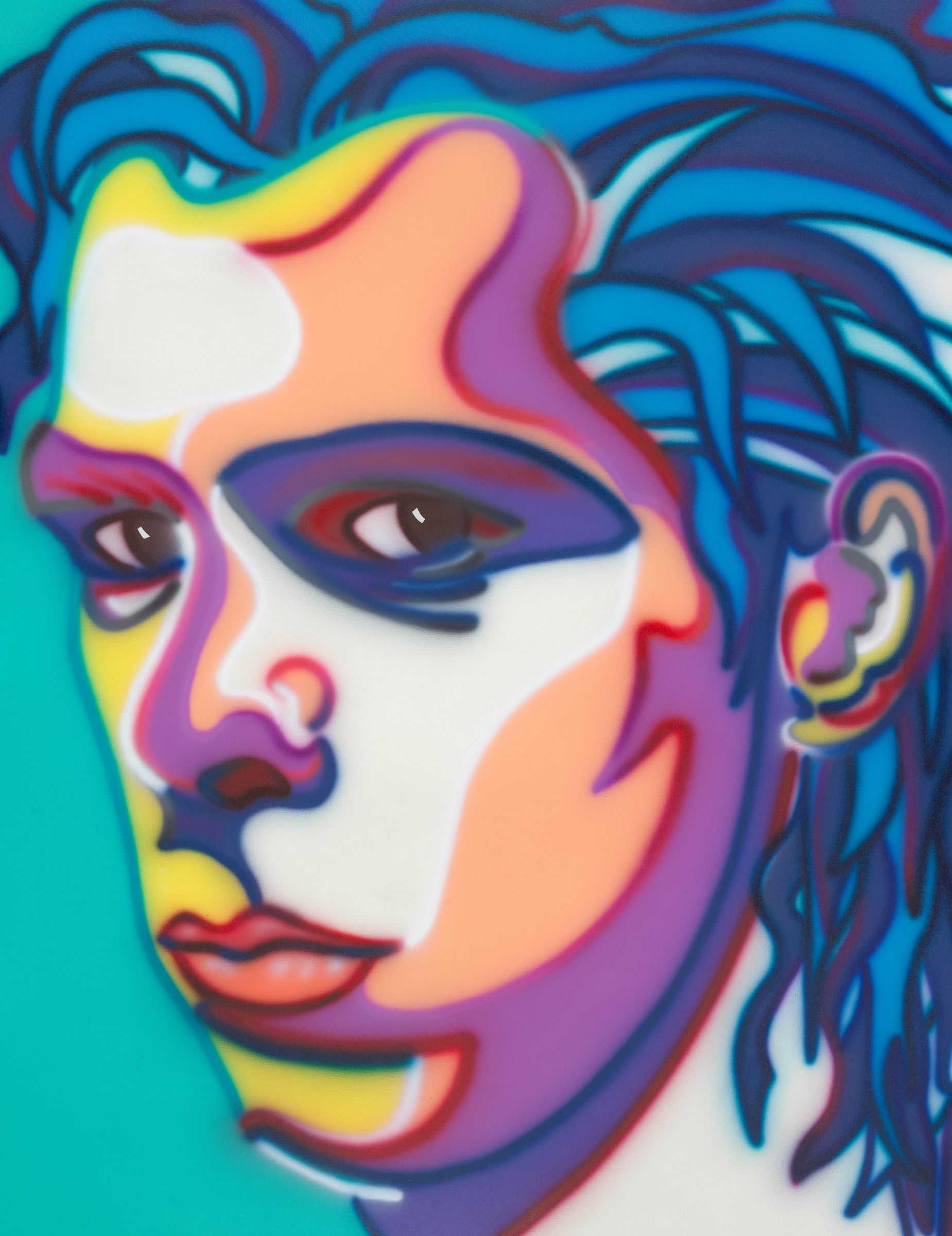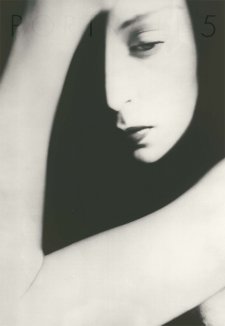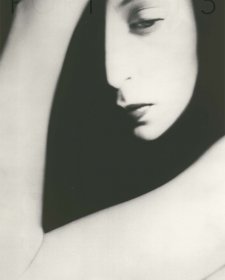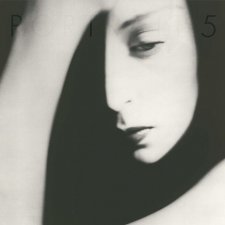The National Portrait Gallery is a unique type of public gallery. One of the points of distinction is the way the Gallery builds the collection through a process of commissioning portraits. Generally, public galleries see it as their role to reflect the art of the times, not to shape it
Yet there are good reasons why a portrait gallery involves itself in the commissioning of new work. Besides the idea of historical precedent (most of the portraits that constitute the history of portraiture are the result of commissions) there is also a need to represent certain figures who have not been the subject of serious portraiture. A portrait gallery - and this is another point of distinction - is as much about the subject as it is about the work of art. In order for a gallery's representation to be complete and complex, the gallery must take an active role in putting subjects together with artists.
Whilst it is not the primary intention of the National Portrait Gallery to shape the nature of Australia's portraiture, it is nonetheless our intention to make portraiture a central (rather than a peripheral) part of contemporary art. For this reason the Gallery has commissioned portraits from artists who are not usually considered 'portrait artists'. Portraiture, like the apparently specialist fields of printmaking and photography, frequently achieves its most compelling results not from artists working within the genre for its own sake, but from artists for whom the creation of portraits is a logical and necessary part of their work.
The Gallery's first commission, Howard Arkley's 1999 portrait of Nick Cave, was the first statement of this principle. Until he undertook that commission Arkley's work had included many paintings of 'heads' but no specific portraits. The National Portrait Gallery's request was therefor a logical extension of the painter's approach and interests.
Yet there was a further and more important principle established by the Arkley commission. When approaching an artist to undertake a portrait, the Gallery is always seeking to find a rapport between artist and subject (of an artistic nature first, rather than necessarily a personal one). This idea has been behind two of the Gallery's latest commissions - Bill Henson's portrait of Simone Young and Tim Johnson's portrait of Clifford Possum Tjapaltjarri. In the case of Bill Henson's portrait there was a sense that the artist's sweeping, operatic, emotion-charged conceptions run parallel with the concerns of a conductor whose world reputation has been based on her interpretation of the deeply intense late Romantic repertoire. In Tim Johnson's case, he is an artist who for many years has been working with Aboriginal artists of the Western Desert, specifically Clifford Possum Tjapaltjarri, in pursuit of a unique and profound expression of a cross-cultural visual language. If any artist was to paint a serious portrait of a major fellow artist, Tim Johnson was the clear choice.














